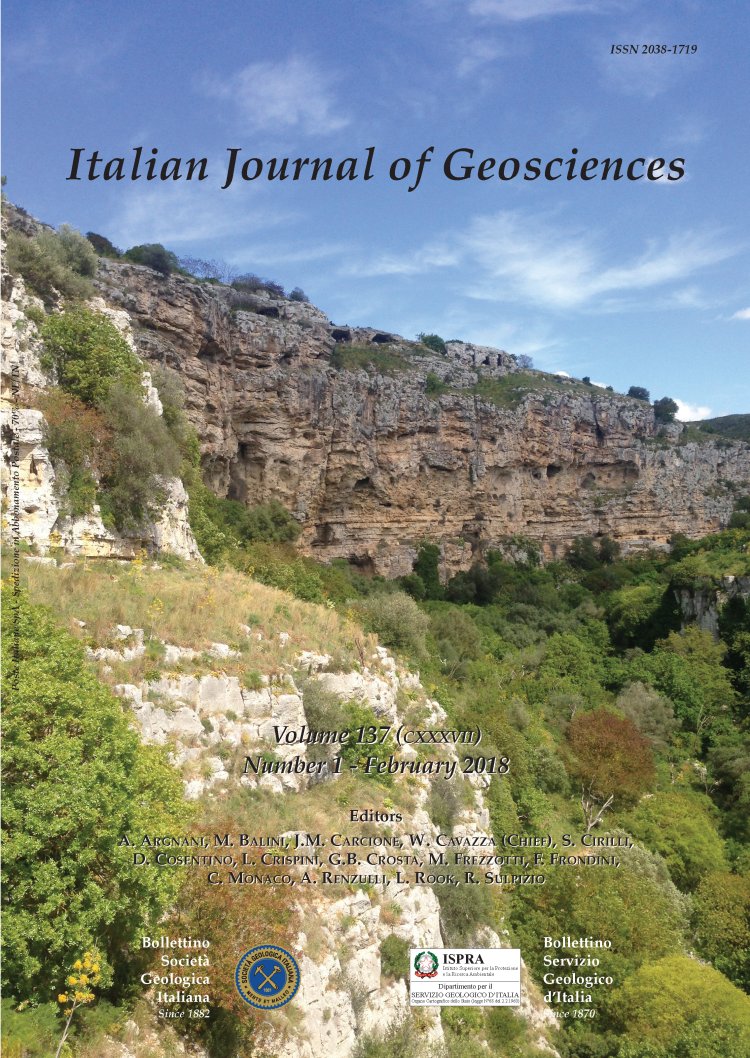
On the trail of Otto Hermann Wilhelm Abich: a journey through the Italian volcanoes
Marco Pantaloni (*), Fabiana Console (**) & Fabio Massimo Petti (***)
(1) Servizio Geologico d'Italia – Istituto Superiore per la Protezione e la Ricerca Ambientale, via V. Brancati 48 - 00144 Rome, Italy. Tel. 06.50074872, orcid: 0000-0002-8148-9164. (2) Biblioteca - Istituto Superiore per la Protezione e la Ricerca Ambientale, via V. Brancati 48 - 00144 Rome, Italy orcid: 0000-0002-7448-8606. (3) MUSE, Museo delle Scienze di Trento, Corso del Lavoro e della Scienza 3 - 38122 Trento, Italy orcid: 0000-0002-5358-9862. Corresponding author e-mail: marco.pantaloni@isprambiente.it.
Volume: 137 (2018) f.1
Pages: 106-127
Abstract
In XIX century, Italy represented an essential step for scientists aimed to study its most typical and significant geological sites. The result was the publication of a great number of papers dealing with the geological features of Italy in all the European languages. Among them, the German geologist Otto Hermann Wilhelm Abich was undoubtedly one the most important researchers that worked in Italy between 1833 and 1839, and devoted his research activity on the study of active and extinct volcanoes. Abich carried out several topographical surveys, mineralogical and petrographical analyses, and published several scientific papers, describing the structure, activity and history of Etna, Vesuvius and the other volcanoes in Southern Italy. In 1840, Abich moved to Dorpat, in Estonia, becoming the most important geologist of that region. Nevertheless, he never forgot the time spent in Italy that he visited again in 1856-57. This latter period pushed him to process the new collected data and those saved from the fire that destroyed his St. Petersburg office in 1863. The analysis of papers, private correspondence, and some original watercolours found in the Archive of the Geological Survey of Italy - ISPRA, has emphasized his admiration for Italian geological features and landscapes.
Keywords
Get Full Text